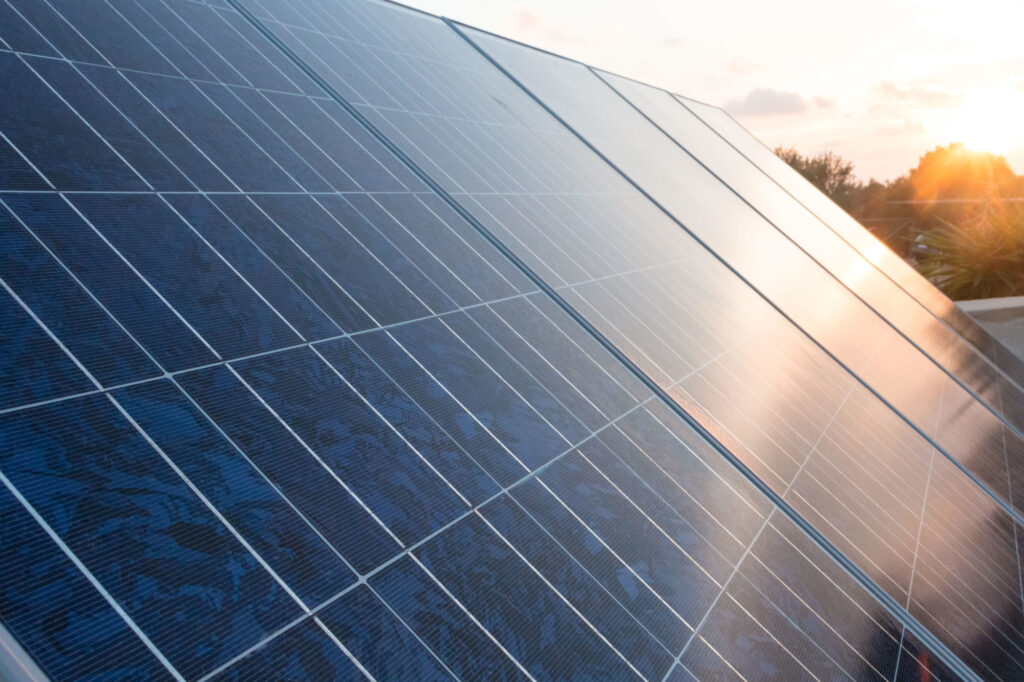The Common Types of Solar Panels for Homes
The average American spends $3,052 on energy every year. You lose hundreds of dollars from transporting your energy alone.
Solar panels can eliminate these costs. They start generating electricity on the very first day you use them. Your energy comes from your roof, eliminating all transportation costs.
You can’t just throw them up on your roof. There are four main types of solar panels; distinguish amongst them and you can save even more money.
Here is a quick guide.
Monocrystalline Solar Panels
Monocrystalline solar panels are the most common type of solar panel. Panels contain dozens of solar cells, each of which has a silicon wafer. All wafers on a panel come from one silicon crystal.
Monocrystalline panels are the most energy-efficient panels on the market. The panels absorb energy from sunlight, creating electric charges within the silicon.
Because all silicon wafers come from one crystal, the electric charges pass easily through all the wafers. This creates a high and constant flow of electricity.
Monocrystalline panels are the most expensive panels. Silicon crystals come from vats of pure silicon. This is an expensive material, which the customer must pay for.
Polycrystalline Solar Panels
Polycrystalline panels have one main difference from monocrystalline panels. Both use dozens of solar cells with silicon wafers inside. The wafers found in polycrystalline panels come from multiple silicon crystals.
The multiple crystals produce weaker pathways for electricity to flow. Manufacturers are working to make efficiency higher, but polycrystalline’s efficiency is lower than monocrystalline’s.
Polycrystalline is cheaper than monocrystalline.
Solar Roof Shingles
Roof shingles are the newest type of home solar panels. They are solar cells that manufacturers fashion into shingles. They double as electricity sources and roofing materials.
The durability of solar shingles is comparable to regular shingles. They can withstand inclement weather and high winds. Because shingles are small, solar installation is cheaper than with panels.
Solar shingles are not nearly as efficient as regular panels. If your roof slopes away from the sun, your shingles will not be effective.
Thin-Film Solar Panels
Thin-film solar panels are not used often. Manufacturers make them from thin layers of semiconducting materials. Most thin-film panels use silicon, but other panels use cadmium and copper.
Thin-film solar panels are both thin and flexible. You can attach them to hard-to-reach areas and put them over walls and roofing.
Thin-film panels can deteriorate and break. Thin-film is less efficient than roof panels or shingles.
The Four Main Types of Solar Panels
Installing solar panels is a smart investment for your home. Which types of solar panels should you use?
For maximum energy efficiency, buy monocrystalline panels. If you want to save money upfront, opt for polycrystalline panels.
If you want panels that double as roofing, buy solar roof shingles. If you want to install panels on hard-to-reach areas, use thin-film panels.
Get the information you need to light up your home. Follow our coverage for detailed realty and home improvement guides.
